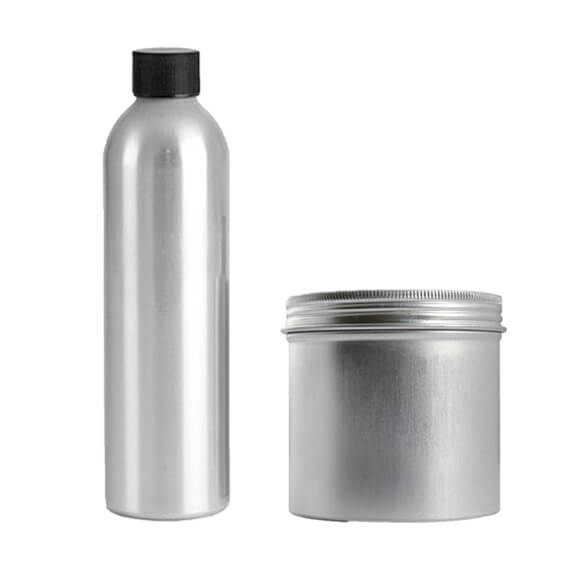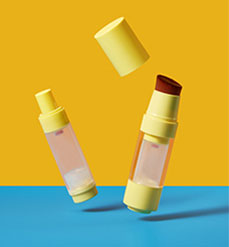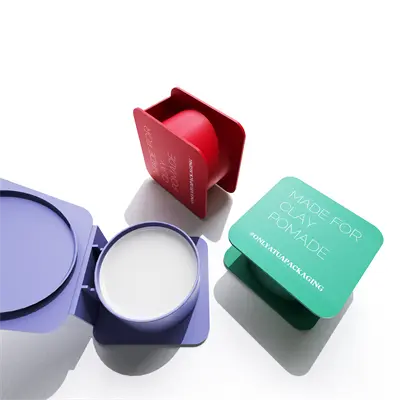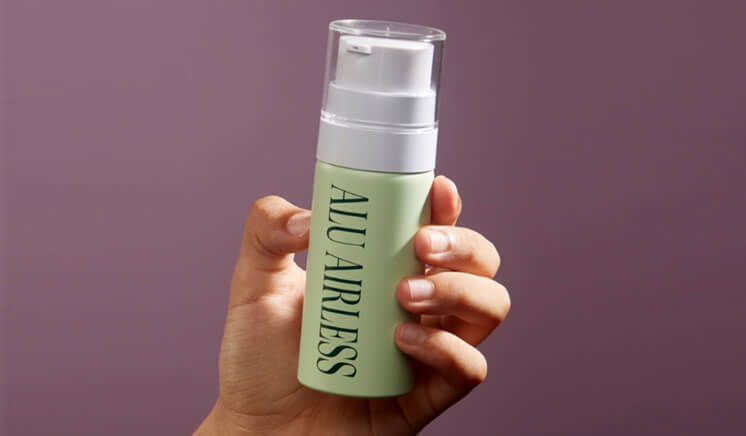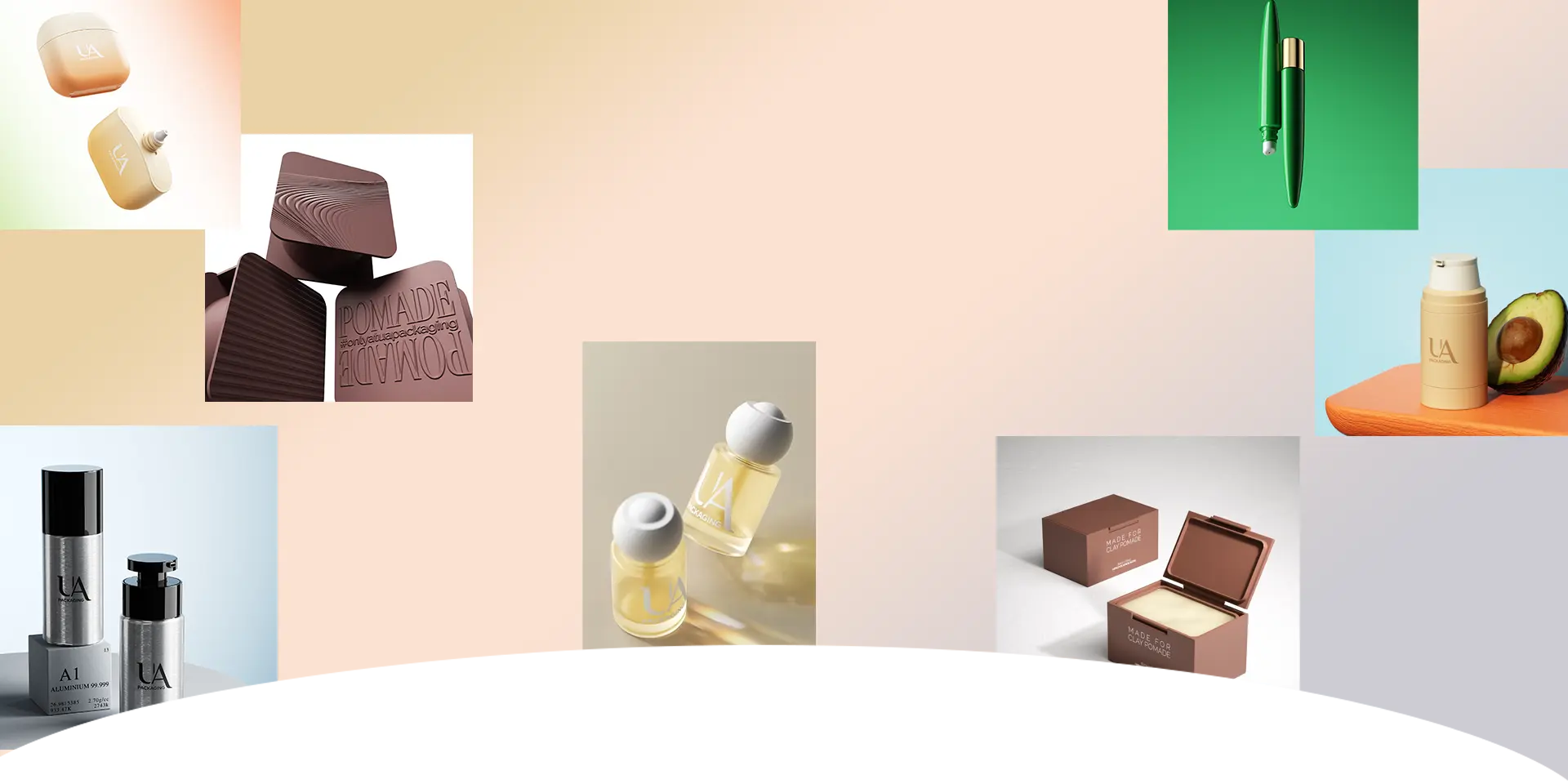In today's era of sustainability, the packaging industry is undergoing a profound transformation. Among these changes, the mono-material jar has emerged as a new favorite in the packaging world due to its unique advantages. But what exactly is it about the mono-material jar that has captured the market's attention? This article will delve into the definition, market trends, advantages, and challenges of mono-material jars, offering a comprehensive overview of this emerging packaging solution.
In-Depth Analysis of the Mono-Material Jar
First, let's clarify a common misconception: a mono-material jar is not simply made of 100% single material. Instead, it refers to a jar where the main material is predominantly made of polyolefins such as polypropylene (PP) or polyethylene (PE), with these materials accounting for more than 90% of the jar's composition. Other components, like SiOx and AlOx barrier layers, make up less than 5%. This definition, proposed by CEFLEX (Circular Economy for Flexible Packaging), has been widely recognized in the industry. The emergence of the mono-material jar marks a significant step forward in the packaging industry's shift towards more environmentally friendly and recyclable solutions.
Market Trends: The Rise of the Mono-Material Jar
According to a report by Smithers, the share of mono-material plastic packaging films in the global market is steadily increasing, especially with PE and PP materials dominating a significant portion of the market. A new report from PreScouter predicts that by 2030, the adoption rate of mono-materials in the flexible packaging industry will rise sharply. This trend is driven by the global emphasis on sustainability and the growing consumer demand for eco-friendly packaging. As a result, the mono-material jar is gradually becoming a favorite in industries such as personal care, cosmetics, pharmaceuticals, and food.
The Success of the Mono-Material Jar
Enhanced Recyclability: The primary advantage of the mono-material jar lies in its superior recyclability. Due to its single-material composition, there is no need for complex sorting processes during recycling, significantly reducing the difficulty and cost of recycling. This not only promotes resource reuse but also reduces environmental pollution.
Cost-Effectiveness: Although there were many challenges in the early stages of development, continuous technological advancements have gradually reduced the production costs of mono-material jars, making them competitive with multi-material packaging. Additionally, their consistent quality provides reliable packaging solutions for brands.
Eco-Friendly Image: Brands that adopt mono-material jars can convey a strong environmental ethos and sense of social responsibility to consumers. In today's context, where ESG (Environmental, Social, and Governance) goals are increasingly important, this is undoubtedly a key strategy for enhancing a brand's market competitiveness.
The Future Development of the Mono-Material Jar
However, the widespread adoption of mono-material jars is not without challenges. Ensuring packaging performance while achieving material uniformity remains a major challenge for R&D departments. Additionally, the improvement of recycling systems and the enhancement of consumer awareness are also factors limiting its development.
To address these issues, the industry is actively taking measures. On one hand, technological innovations are continuously improving the performance of mono-material jars, such as enhancing adhesion, printability, and processability. On the other hand, efforts are being made to strengthen recycling systems, improve recycling efficiency and quality, and promote consumer education to increase awareness and acceptance of mono-material packaging.
Conclusion
In summary, the mono-material jar, with its unique advantages, is gradually becoming a new favorite in the packaging industry. With ongoing technological advancements and growing market demand, we have reason to believe that the mono-material jar will play an increasingly important role in the future, contributing to the realization of a true circular economy and promoting sustainable development. As a forward-thinking company like UA Packaging, we will continue to focus on the research and promotion of mono-material packaging, providing more eco-friendly and efficient packaging solutions for independent beauty brands.

 Contact Us
Contact Us (1).webp)

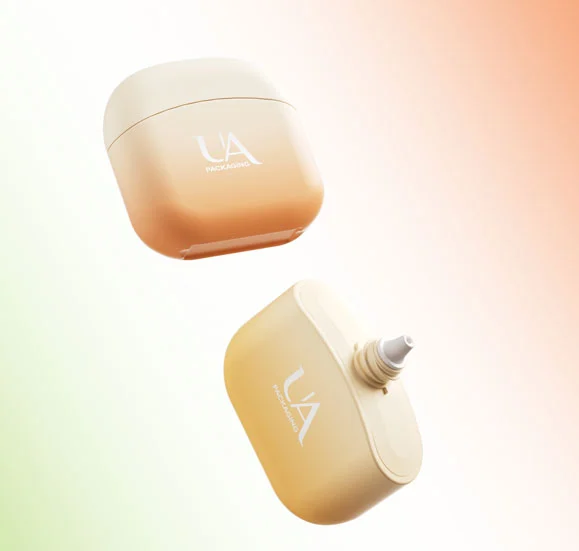
_20250428095135.webp)
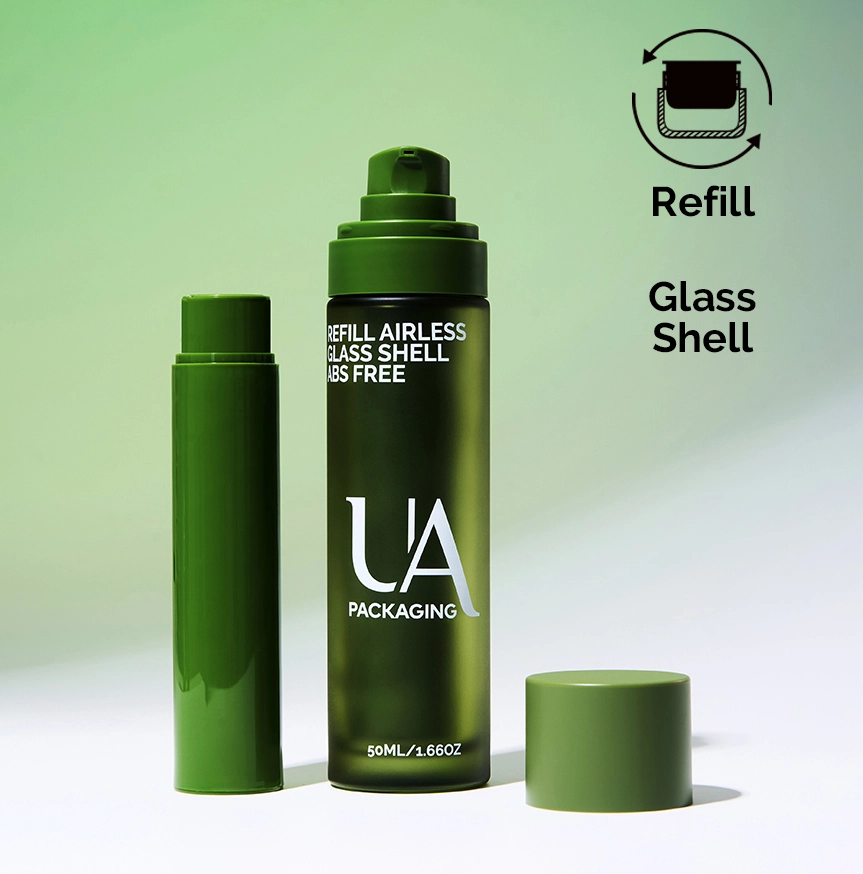
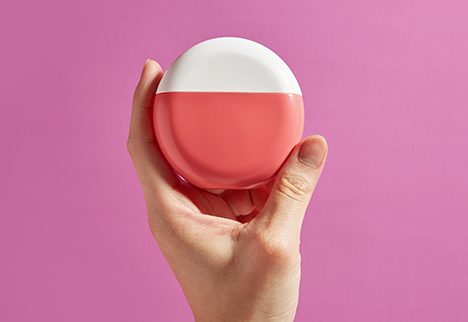

 English
English  français
français  Español
Español  italiano
italiano 